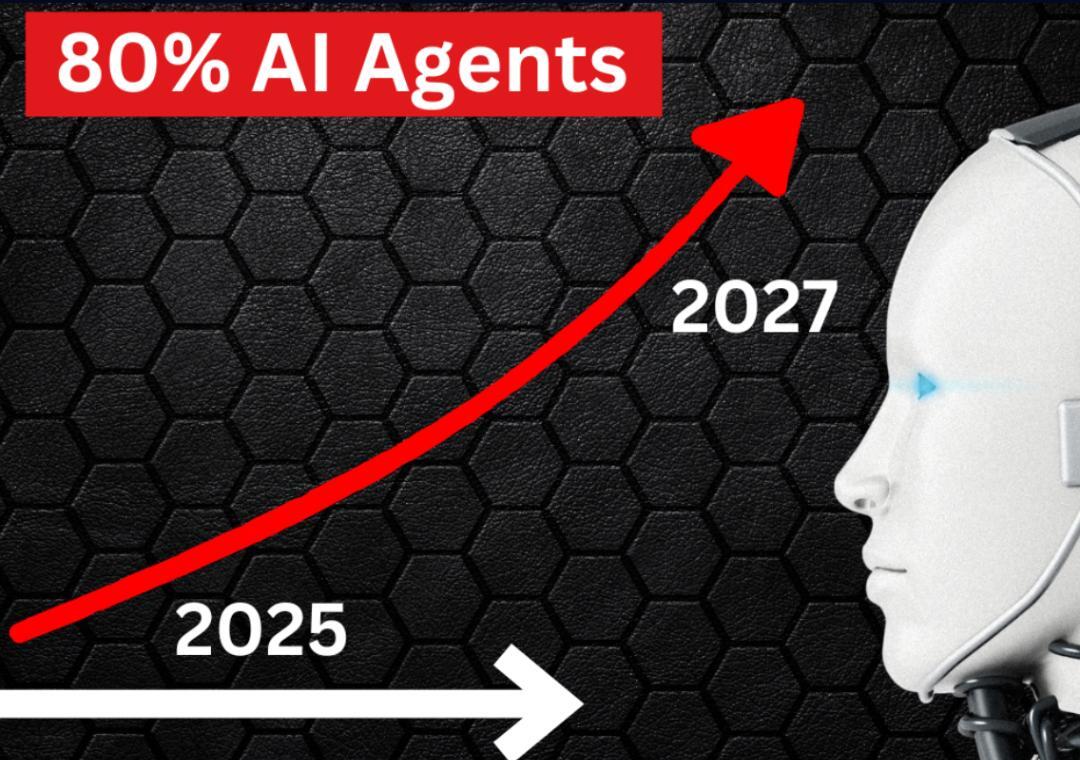
80% of Analysts’ Time Can be Automated Now
The world of data analysis has undergone a significant transformation in recent years. With the advent of advanced technologies such as machine learning, natural language processing, and automation, it’s now possible to automate a significant portion of the tasks that data analysts perform. According to a recent study, up to 80% of analysts’ reporting tasks can be automated, freeing them to focus on high-impact creative strategy instead of getting bogged down in manual spreadsheet work.
This shift towards automation is not only a game-changer for data analysts but also for businesses that rely on their insights to make informed decisions. By automating routine tasks, analysts can focus on higher-level thinking, such as identifying trends, spotting opportunities, and providing strategic recommendations.
So, what are these routine tasks that can be automated, and how can businesses benefit from this trend?
The Current State of Data Analysis
Traditionally, data analysis has been a time-consuming and labor-intensive process. Analysts spend a significant amount of time collecting, cleaning, and organizing data from multiple sources, only to arrive at insights that may not be actionable or timely. Moreover, the sheer volume of data has made it challenging for analysts to keep up with the latest trends and patterns.
The Rise of Automation
The rise of automation in data analysis has been driven by advances in artificial intelligence, machine learning, and natural language processing. These technologies enable machines to perform tasks that were previously the domain of humans, such as data cleansing, filtering, and visualization.
Deep Data Copilot, a new tool launched by GrowthJockey, is a prime example of this trend. This innovative platform uses machine learning algorithms to automate up to 80% of analysts’ reporting tasks, freeing them to focus on high-impact creative strategy.
What Can be Automated?
So, what tasks can be automated in data analysis? Here are a few examples:
- Data Collection and Integration: With the proliferation of data sources, collecting and integrating data from multiple sources has become a significant challenge. Automation tools can collect data from various sources, including social media, customer relationship management (CRM) systems, and databases.
- Data Cleansing and Quality Control: Data cleansing and quality control are critical tasks that can be automated. Machines can identify and correct errors, remove duplicates, and ensure data consistency.
- Data Visualization: Data visualization is a critical aspect of data analysis, and automation tools can create visualizations such as charts, graphs, and dashboards to help analysts better understand complex data sets.
- Anomaly Detection: Automation tools can detect anomalies in data sets, such as irregular patterns or unusual spikes, which can indicate potential issues or opportunities.
- Insight Generation: Automation tools can generate insights from data sets, such as identifying trends, correlations, and predictions.
Benefits of Automation
The benefits of automation in data analysis are numerous. By automating routine tasks, analysts can:
- Free Up Time: Automation frees up analysts’ time to focus on higher-level thinking, such as strategy, decision-making, and creative problem-solving.
- Improve Accuracy: Automation reduces the risk of human error, ensuring that data is accurate and consistent.
- Increase Efficiency: Automation enables analysts to process large data sets quickly and efficiently, reducing the time it takes to arrive at insights.
- Enhance Collaboration: Automation enables analysts to collaborate more effectively with other teams, such as sales, marketing, and product development.
The Future of Data Analysis
The future of data analysis is exciting and rapidly evolving. As automation technologies continue to advance, we can expect to see even more sophisticated tools and platforms that enable analysts to focus on high-impact creative strategy.
At GrowthJockey, we’re committed to empowering analysts with the tools and technologies they need to succeed. Our Deep Data Copilot platform is designed to automate up to 80% of analysts’ reporting tasks, freeing them to focus on what matters most – driving business growth and innovation.
Conclusion
In conclusion, the automation of data analysis tasks is a significant trend that’s transforming the way analysts work. By automating routine tasks, analysts can free up time to focus on higher-level thinking, improve accuracy, increase efficiency, and enhance collaboration. With the advent of advanced technologies such as machine learning and natural language processing, the future of data analysis is bright and exciting. At GrowthJockey, we’re committed to staying at the forefront of this trend, empowering analysts with the tools and technologies they need to succeed.
Source:



